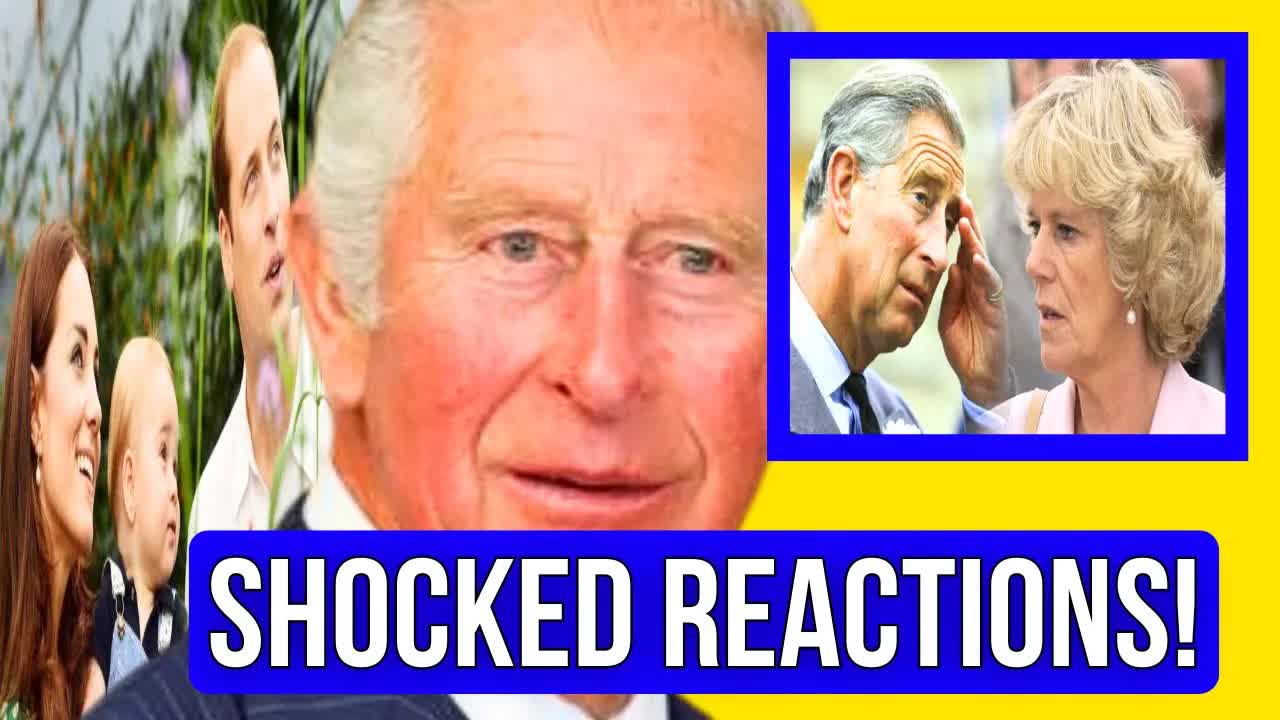The British monarchy is currently navigating a tumultuous chapter, rife with internal disputes, power struggles, and the ongoing tug-of-war between age-old traditions and the need for modernization.
With King Charles III and Queen Camilla now at the forefront, their reign is bringing to light the long-standing customs that have defined the royal family, particularly highlighting Queen Camilla’s unconventional ascent to her current role.
Unlike King Charles, who was raised with the expectation of kingship from a young age, Camilla’s journey to queen has been anything but conventional.
Her approach to royal responsibilities is shaking the very foundations of the monarchy, challenging norms that have been in place for generations.
This has sparked a flurry of controversies, especially regarding her willingness to push against the strict etiquette that once governed royal life.
One of the most notable points of contention has been Camilla’s fashion choices.
During the Commonwealth Day celebrations, she opted for a striking purple outfit—a color traditionally associated with mourning in royal circles.
This choice sent shockwaves through the monarchy, signaling a blatant disregard for the dress codes that the late Queen Elizabeth II held dear.
The former queen was renowned for her ability to blend elegance with a deep respect for tradition, using her wardrobe to symbolize continuity within the royal family.
In contrast, Camilla’s bold sartorial statements are perceived by some as provocative, unsettling those who hold the monarchy’s historical norms close to their hearts.
Tensions reached a peak during Queen Elizabeth’s memorial service, where Camilla’s controversial attire reportedly left both Princess Anne and Princess Catherine shocked.
This incident highlighted the broader rift within the family, showcasing a clash between the desire to preserve age-old customs and the push for a more modern approach to royal duties.
For many, Camilla’s actions are seen as necessary steps toward a contemporary monarchy that resonates with today’s society.
However, others view these moves as reckless, threatening the integrity of an institution built on tradition.
Princess Anne and Catherine have emerged as staunch defenders of the royal family’s established customs, often regarded as the hardest-working members of the monarchy and deeply committed to maintaining its decorum.
Their contrasting perspectives have only intensified the divide within the family.
While Camilla seeks to redefine royal life, Anne and Catherine remain steadfast in their belief that too much change could jeopardize the monarchy’s stability.
This conflict transcends mere fashion; it symbolizes a larger struggle for power and direction within the royal family.
Public opinion on this internal struggle is sharply divided.
Some individuals commend Camilla for her efforts to modernize the monarchy and make it more relatable to contemporary audiences.
In contrast, others criticize her for overstepping boundaries, fearing that her actions could undermine the legitimacy of an institution that thrives on its storied past.
The ramifications of this power struggle extend well beyond personal disagreements.
They reflect the broader challenge the monarchy faces in balancing the necessity for modernization with the imperative to uphold its historical foundations.
As these internal conflicts continue to unfold, the future of the monarchy hangs precariously in the balance.
Will the royal family successfully navigate these choppy waters, or will the growing rift between tradition and modernity widen, potentially threatening its very existence?
The outcome of this struggle could redefine the British monarchy for generations, shaping its identity in an ever-evolving world.
As the drama unfolds, all eyes will be on the monarchy to see how it adapts to the challenges ahead.










